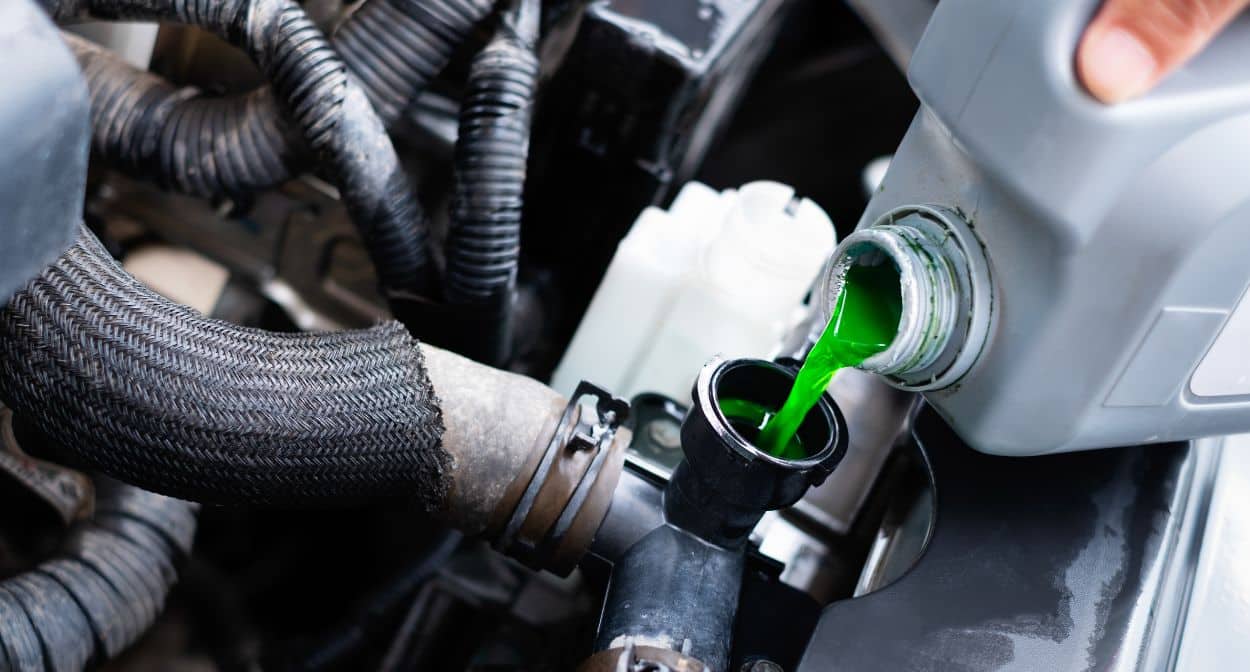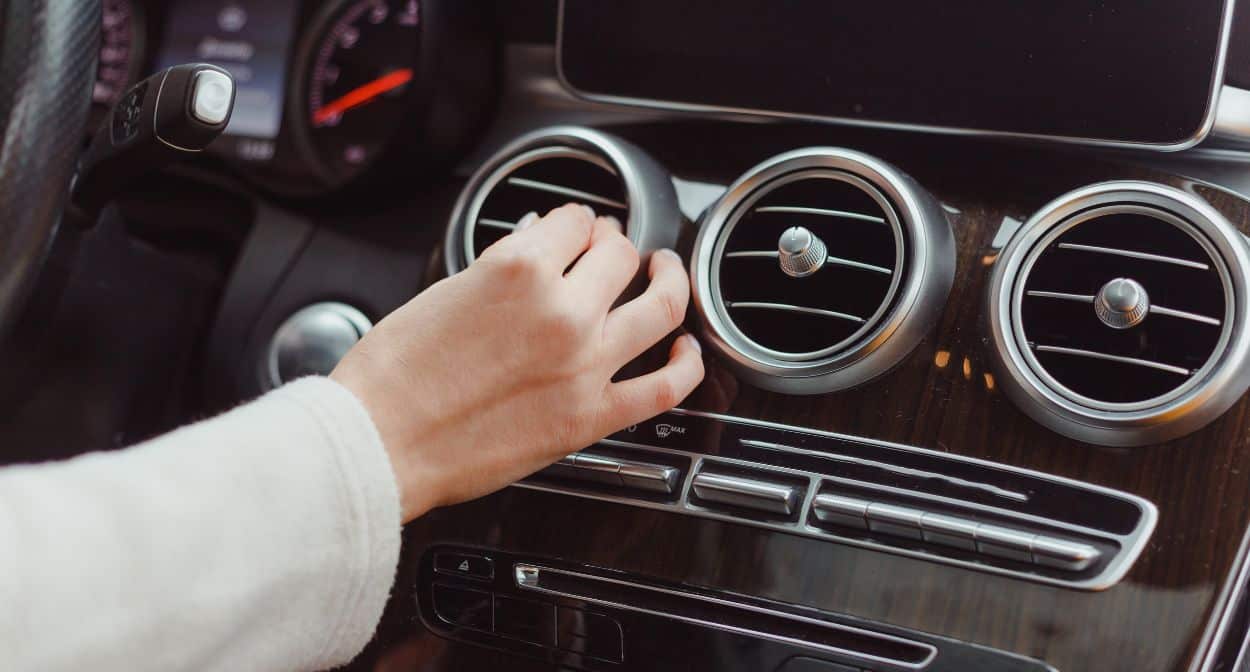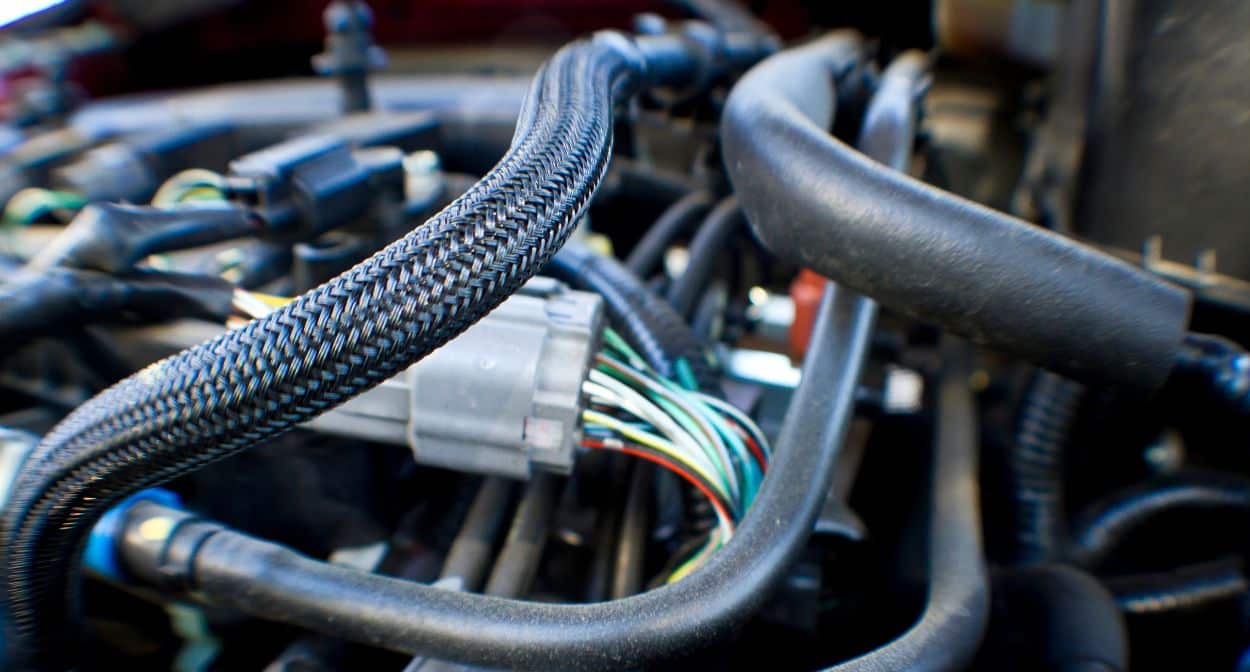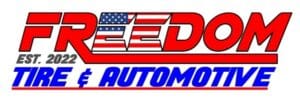Overheating
Issue: Overheating is one of the most common problems in cooling systems. It occurs when the engine or machinery operates at temperatures higher than the optimal range. Overheating can be caused by several factors including low coolant levels, a malfunctioning thermostat, a blocked radiator, or a faulty water pump.
Solution:
- Check Coolant Levels: Ensure that the coolant reservoir is filled to the recommended level. Regularly check for leaks in the hoses and connections.
- Inspect the Thermostat: A stuck thermostat can impede the flow of coolant. Replace the thermostat if it’s not functioning properly.
- Clean the Radiator: A blocked or dirty radiator can restrict airflow. Clean the radiator fins and ensure there are no obstructions.
- Examine the Water Pump: A failing water pump won’t circulate coolant effectively. Listen for unusual noises and check for leaks around the pump. Replace it if necessary.
Coolant Leaks

Issue: Coolant leaks can lead to a significant drop in coolant levels, resulting in overheating and potential engine damage. Leaks can occur in various parts of the cooling system including hoses, the radiator, the water pump, and the heater core.
Solution:
- Identify the Leak: Look for puddles of coolant under the vehicle or equipment. Use a pressure tester to pinpoint the exact location of the leak.
- Replace Damaged Components: Replace any damaged hoses, seals, or gaskets. If the radiator or heater core is leaking, it may need to be repaired or replaced.
- Use a Sealant: For small leaks, a radiator sealant might be a temporary fix. However, this should not replace proper repair or component replacement.
Radiator Problems
Issue: Radiator issues can manifest as overheating, leaks, or insufficient cooling. Common radiator problems include clogged fins, corrosion, or physical damage to the radiator.
Solution:
- Clean the Radiator: Remove debris and dirt from the radiator fins using a soft brush and water. Be careful not to damage the fins.
- Check for Corrosion: Inspect the radiator for signs of rust or corrosion. If the radiator is heavily corroded, it may need to be replaced.
- Repair or Replace: Small leaks or minor damage might be repairable. However, significant damage will require a new radiator.
Thermostat Failure

Issue: The thermostat regulates the flow of coolant through the engine. If it fails, the engine can overheat or run too cold. A stuck-closed thermostat causes overheating, while a stuck-open thermostat prevents the engine from reaching its optimal operating temperature.
Solution:
- Test the Thermostat: Remove the thermostat and test it in hot water to see if it opens and closes at the correct temperature.
- Replace the Thermostat: If it’s not functioning correctly, replace it with a new one. Ensure it’s the correct type for your engine.
Water Pump Failure
Issue: The water pump is essential for circulating coolant through the cooling system. If it fails, the coolant won’t circulate properly, leading to overheating. Signs of a failing water pump include leaks, unusual noises, and coolant circulation problems.
Solution:
- Inspect for Leaks: Check the area around the water pump for coolant leaks. A failing seal can cause leaks.
- Listen for Noise: A noisy water pump often indicates bearing failure. If you hear a grinding or whining noise, the water pump may need to be replaced.
- Replace the Water Pump: If the water pump is failing, replace it promptly to prevent further damage to the engine.
Air in the Cooling System

Solution:
- Bleed the System: Most cooling systems have bleed valves or screws to release trapped air. Follow the manufacturer’s instructions to bleed the system properly.
- Check for Leaks: Ensure there are no leaks allowing air to enter the system. Repair any leaks found.
Fan Problems
Issue: The cooling fan helps to maintain the engine temperature by increasing airflow through the radiator. Issues with the fan can lead to overheating, especially in stop-and-go traffic or during heavy use.
Solution:
- Check the Fan Clutch (if applicable): A malfunctioning fan clutch can prevent the fan from operating correctly. Replace the clutch if it’s not engaging properly.
- Inspect the Electric Fan: For electric fans, check the fan motor, relay, and wiring for issues. Replace any faulty components.
- Ensure Proper Operation: Make sure the fan is engaging when the engine reaches operating temperature.
Low Coolant Level

Solution:
- Regular Maintenance: Check coolant levels regularly and top off as needed. Follow the manufacturer’s recommendations for coolant type and mixture.
- Repair Leaks: If the coolant level is consistently low, inspect the system for leaks and repair them.
Coolant Contamination
Issue: Contaminated coolant can result from rust, debris, or oil mixing with the coolant. This can reduce the coolant’s effectiveness and lead to overheating or corrosion.
Solution:
- Flush the System: Regularly flush the cooling system to remove contaminants. Use a quality coolant and follow the manufacturer’s guidelines for flushing intervals.
- Repair Sources of Contamination: If oil is mixing with the coolant, it could indicate a blown head gasket or other serious issue that needs immediate attention.
Hose Problems

Solution:
- Inspect Hoses Regularly: Check all hoses for signs of wear and damage. Look for cracks, swelling, and leaks.
- Replace Worn Hoses: Replace any hoses that show signs of wear or damage. Use high-quality hoses to ensure longevity and reliability.
Conclusion
By understanding these common cooling system issues and implementing the appropriate solutions, you can maintain the efficiency and reliability of your equipment or vehicle, thereby preventing costly repairs and downtime. Regular maintenance and prompt attention to any cooling system issues are key to ensuring optimal performance and longevity. If you’re unable to fix your car’s cooling system yourself, calling a professional cooling system repair service is a prudent decision.

